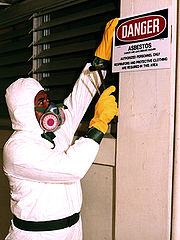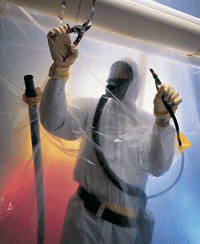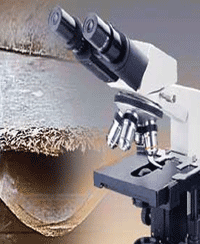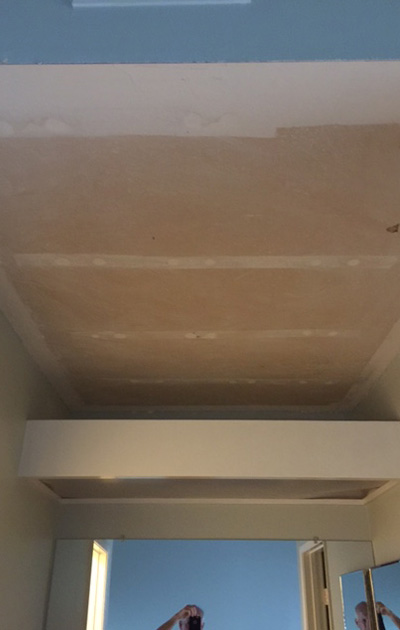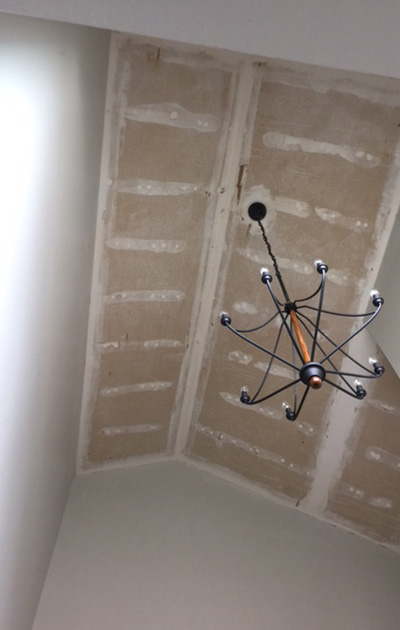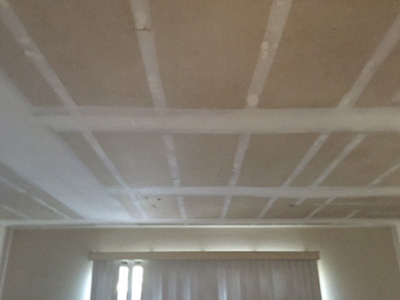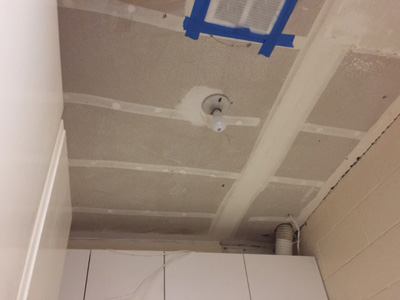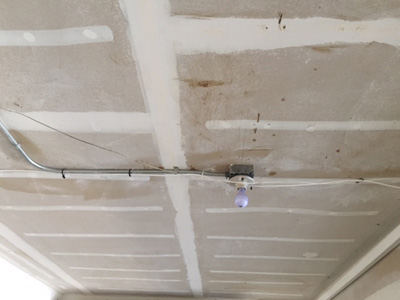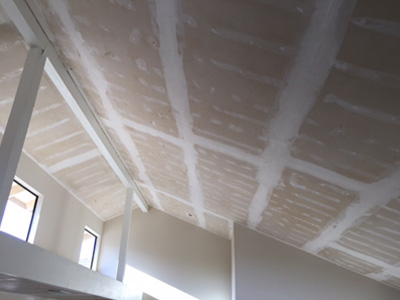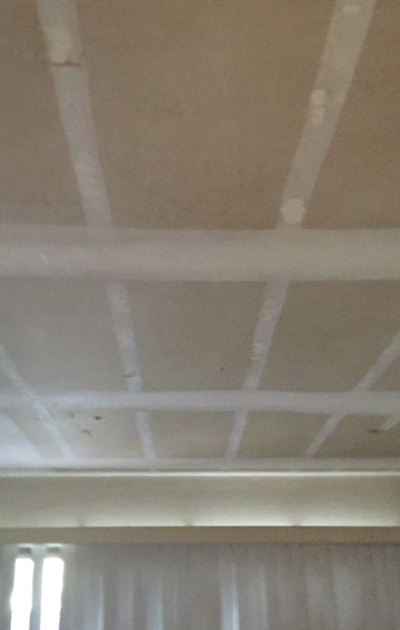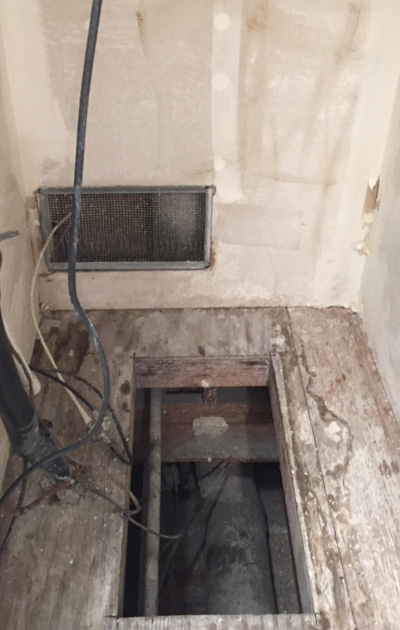- Home
- Services
- Waste Management Services
- Hazardous Waste Disposal Service
- Mass Containment Soil Mitigation
- Bio Waste Medical Services
- Commercial Hood Cleaning Service
- Electric Vehicle Lithium-ion Battery Recycling
- Treated Wood Waste Disposal
- Certified Product Waste Destruction Services
- Liquid Waste Removal
- Wastewater Disposal & Treatment
- Underground Tanks
- Asbestos Waste & Disposal Service
- Transite Pipe Removal
- Airbag Disposal
- Fluorescent Tube Pricing & Pickup
- Proper & Legal Disposals Of Nicotine Oils
- Shooting Range
- K12/Higher Education
- Paint Drop Off Locations
- Hazardous Waste
- Bio Waste
- Forms & Downloads
- Pickup Request
- EWD industrial Waste agreement 2020
- Waste Product Questionnaire Profile
- Generator’s Waste Profile Worksheet
- New Account Form
- Product Destruction Profile Worksheet
- Certificate of Destruction
- Office of Small Business & DVBE Services Cert
- Bio-Hazardous Waste Quote
- Non-Hazardous Profile Form
- Conditional Waiver & Release Form
- Lab Pack-Drum Inventory
- Credit Application
- Online Pre-Qualification Questionnaire
- Electric Vehicles Battery Pickup Request Form
- Request For Asbestos Disposal
- RULE 1166 Site Specific Mitigation Plan
- Rule 1166 Various Location Plan
- Fluorescent Tube Disposal Price List
- Medical Waste Tracking
- Bio Waste Transporter
- Business Certification Metropolitan Water District
- Facts
- Compliance

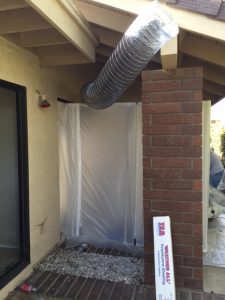 Asbestos is found in homes, workplace, construction and home improvement-related operations. If left undisturbed risks of exposure to asbestos are low. When disturbed very small asbestos fibers are released into the air and when the fibers are breathed in, they can become entrapped in the lungs, over time these fibers can cause health problems, disabling respiratory disease and various types of cancers.
Asbestos is found in homes, workplace, construction and home improvement-related operations. If left undisturbed risks of exposure to asbestos are low. When disturbed very small asbestos fibers are released into the air and when the fibers are breathed in, they can become entrapped in the lungs, over time these fibers can cause health problems, disabling respiratory disease and various types of cancers.